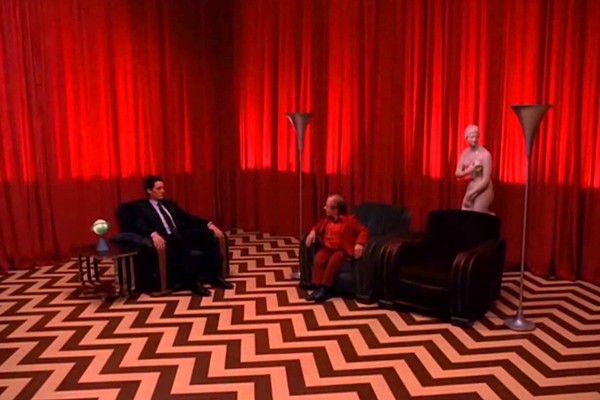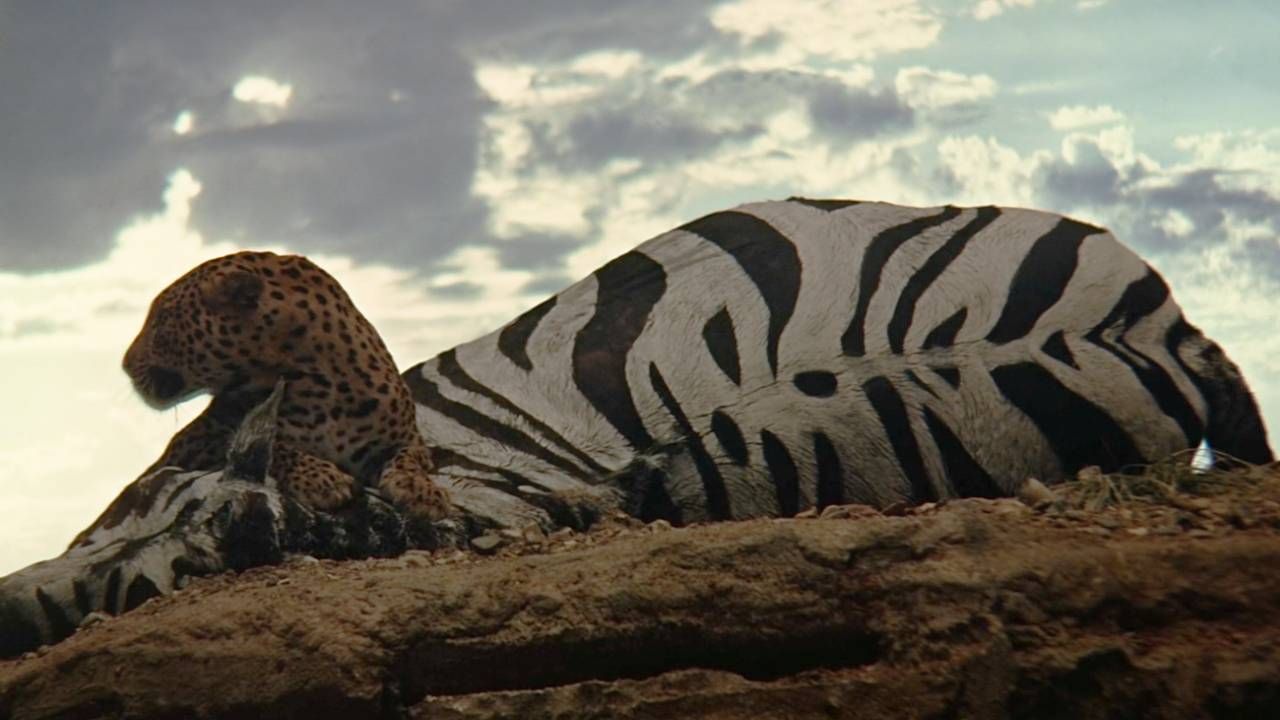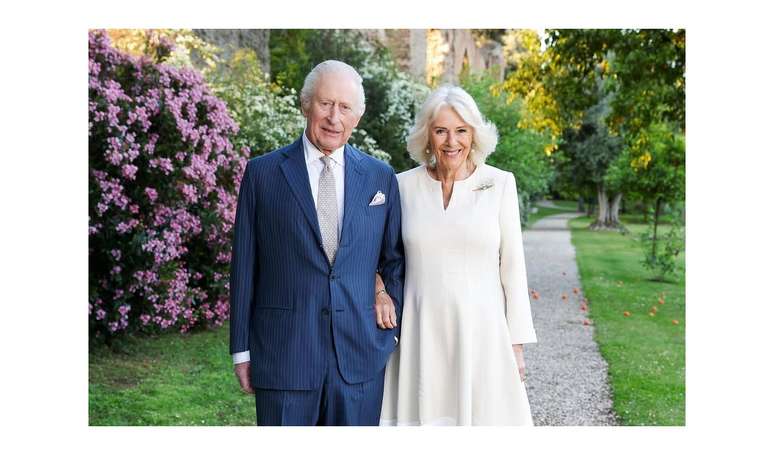Soundsa high-altitude prison thriller
The prison thriller is currently in theaters Soundsa new production by Gustav Möller, tells with considerable tension and emotion the story of Eva (Sidse Babett Knudsen), a prison guard in a Danish prison. Careful, honest, professional, everything will change the day Mikkel, her son’s murderer, who was himself previously incarcerated, is transferred to her prison. Overwhelmed by emotions that she had previously kept buried, she asks to be transferred to the unit where Mikkel is held, and to get closer to him.
Brilliant film, a touching portrait of a woman caught between the contradiction between her vengeful impulses and her protective maternal fibre, Sounds allows Sidse Babett Knudsen to write a brilliant new line in her filmography, under the direction of a very talented director. We met them.
Gustavo, after The one guilty and his police call center, this time take us to a prison. Why this choice?
Gustav Moller : I am fascinated by prisons, in themselves, but also for their dimension as a cinematic arena. I think that a prison is a very strong canvas to tell many stories. This gives very precise rules, with characters that correspond to archetypes.
And in this arena we can develop a whole microcosm, in our world. It is both fascinating and intriguing. Then, for a long time, my fascination also came from what a prison says about a society. I think a prison is a mirror of the society that built it, and that in Denmark, as in many European territories, there is this conflict between what is rationality and emotion, and the humanists who deal with this rationality.
We are emotional creatures and the conflict between rehabilitation and punishment reflects who we are at our core. It is a very interesting paradox, this penitentiary institution that seeks to both punish and rehabilitate.
Those two points are what started the story of Sons, and we met Babbet quite early on and wrote it for her, she was the person we had in mind.
Choosing a prison as a location means taking on constraints. For example, we almost never see the sky, there is this image in a square format…
Gustav Moller : Absolutely. In general I work better with rules and constraints. If I don’t have limits, a frame of reference, I honestly find it very difficult to be creative. But as far as the image, with the cinematographer, it was a decision based on intuition, it was not a considered, intellectualized decision.
We went to the prison for pre-production, me and Babett, the cinematographer, she put on the uniform for the first time and we tried different formats and rations, and we did tests for a whole day. So it was an intuition but now, looking back, I realize that it gives the viewer the feeling of “tunnel vision”. Which I think corresponds to the experience of confinement, you never have a “wide” view of what is happening, and this creates tension, the apprehension that something is going to surprise you from behind, or emerge from a cell, etc. I think it works well, because you have this immersive 360° sound and this “tunnel” image.
SidesHow did you play Eva?
Sidse Babett Knudsen : As Gustav said, she has first of all this humanist and idealistic fiber, she is really this perfect and Scandinavian example of a person who cares for others. But when it becomes very personal for her, she confronts her feelings and emotions, which she had buried, and everything becomes uncontrollable.
From the beginning I had this instinct, the idea that she doesn’t talk much. She’s not a “word person,” and she sees herself a bit like a nun, she thinks as if she doesn’t have to formulate things.
We developed it together, which in reality under its very civil and polite appearance, there is a more animalistic functioning.
Gustav Moller : I work very intuitively and I think Sidse does too.
Sidse Babett Knudsen : The more I adopted this mindset, the less I needed or wanted to analyze her and the different situations. I tried to push away any psychological or intellectual aspect, to really “feel” the character and to come to each new scene available for whatever might happen.
Which was pretty new to me, because everything I had done before was trying to analyze and have a road map. It was all very intuitive, and one of the benefits of the constraints we had was that they allowed for a kind of continuity. We experimented along the way and kind of accepted the consequences.
Do you remember a sequence that was particularly difficult to direct?
Sidse Babett Knudsen : Several sequences were complex, because the cells are very small, so filming inside them was a challenge. There was a fight, very violent, and it was even more difficult in such a small space. It’s an explosive scene, very physical and emotionally involved… It was almost embarrassing (laughs).
The other character is Mikkel, played by Sebastian Bull Sarning, how did you work together?
Gustav Moller: Casting was a very important part of the job and unlike Sidse, we did a lot of research for the character of Mikkel. We tested almost all Danish actors between the ages of 20 and 30. I had a very specific idea, I wanted someone very masculine and very dangerous, but also childish. And he had to be believable, authentic. Sebastian is a real mix of all of these.
He’s a very gentle and kind person, he doesn’t have this violence or this darkness, but he has a raw side and a kind of purity… I think he’s a very brave actor and he’s ready to explore and let go when you get close to the violent dimension of his character. I think finding him was the hardest task I’ve ever had. Sounds.
Source: Cine Serie
Ray Ortiz is a journalist at Gossipify, known for his coverage of trending news and current events. He is committed to providing readers with accurate and unbiased reporting, and is respected for his ability to keep readers informed on the latest news and issues.








